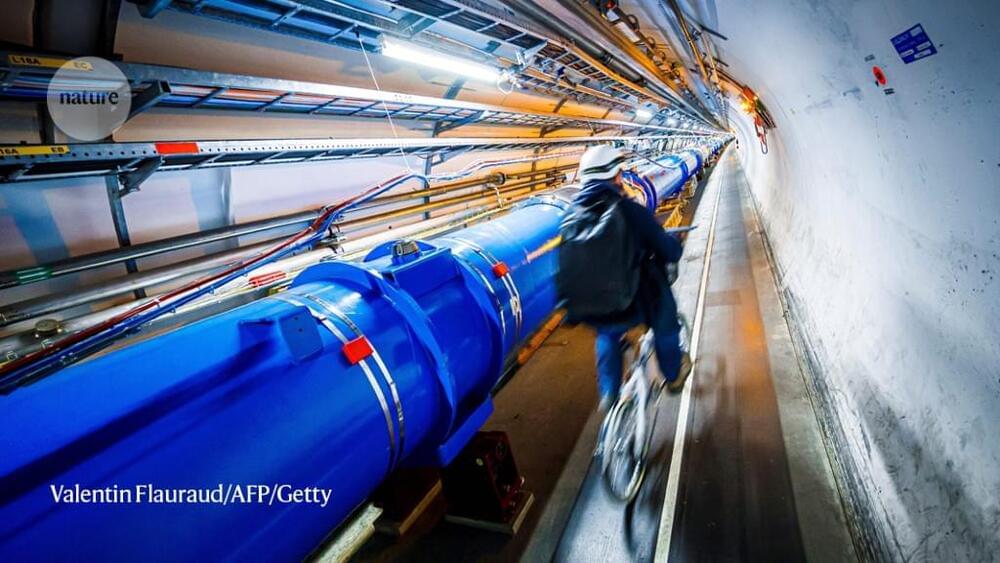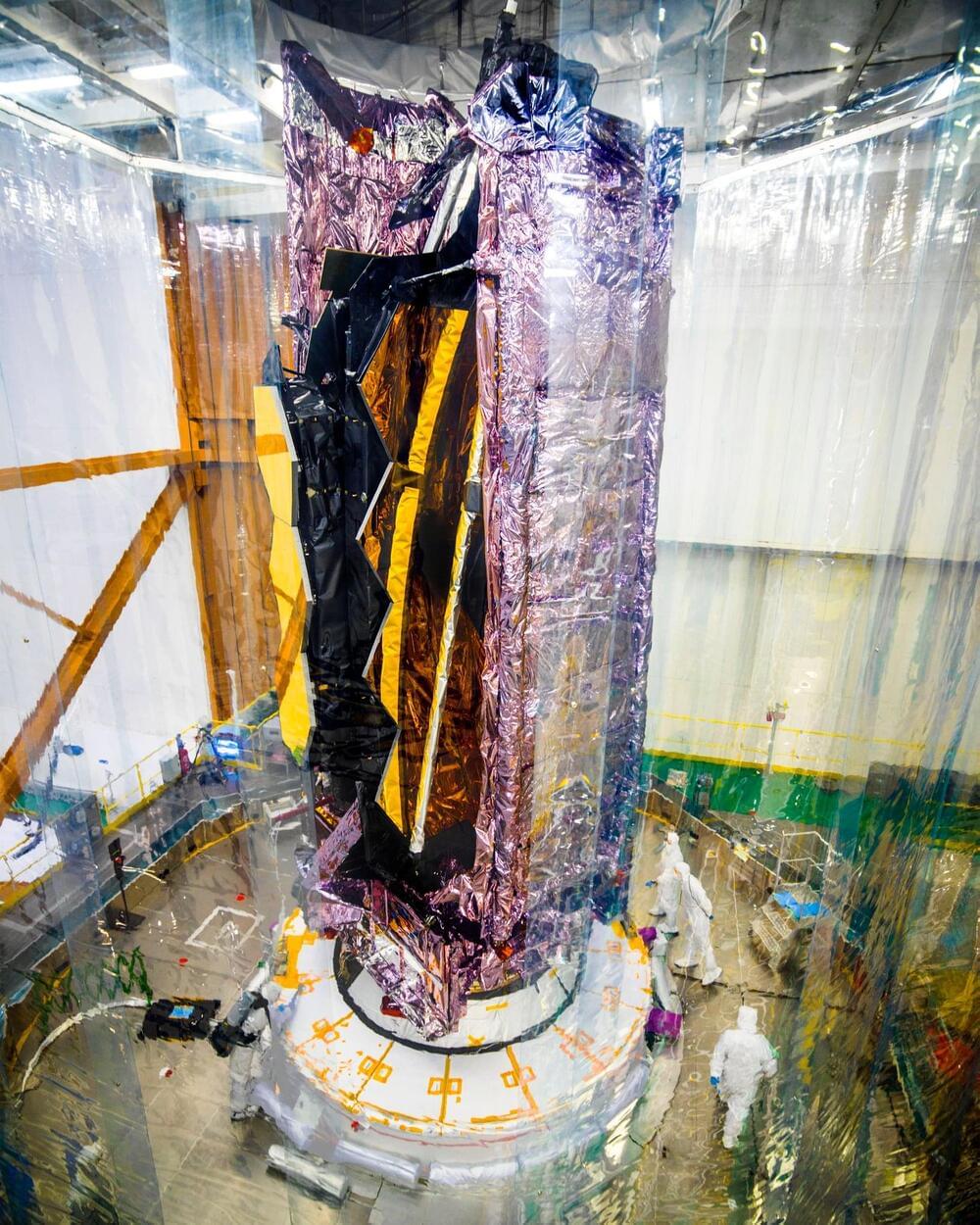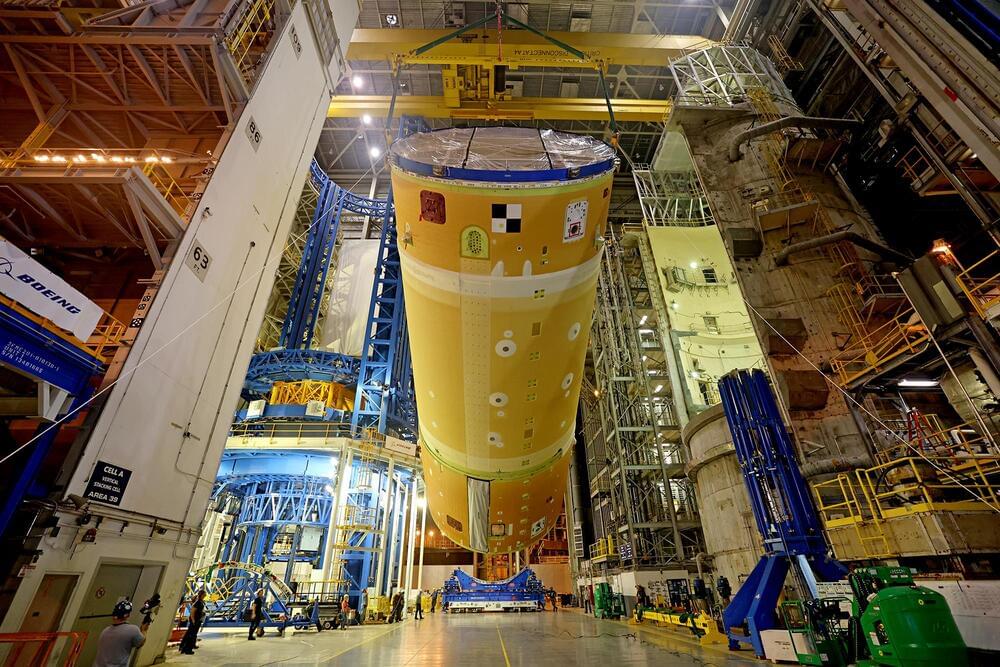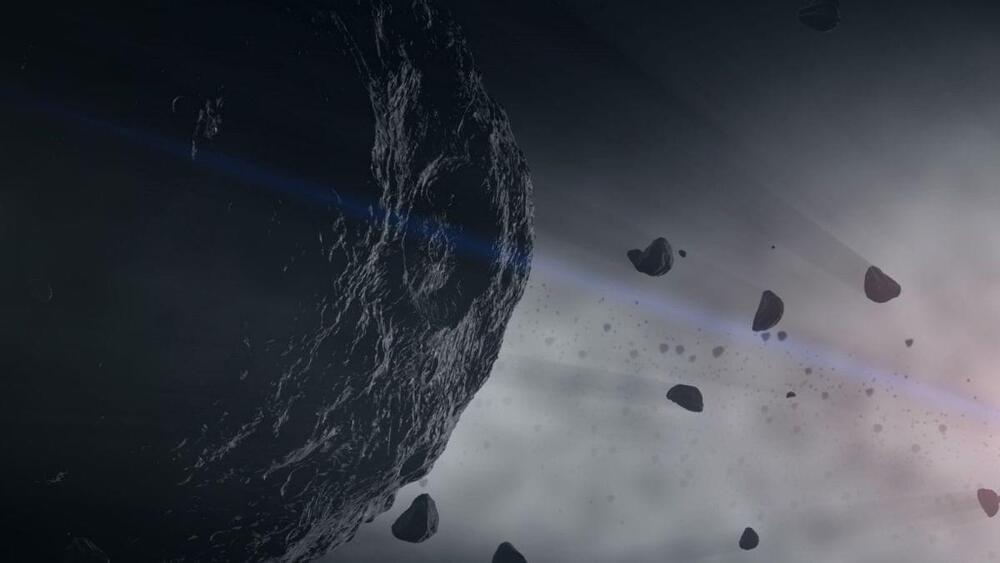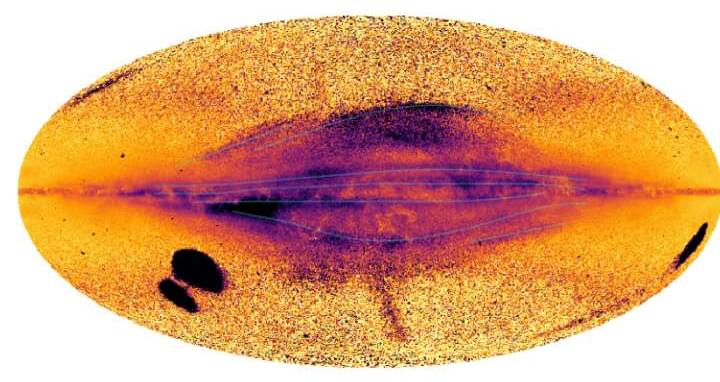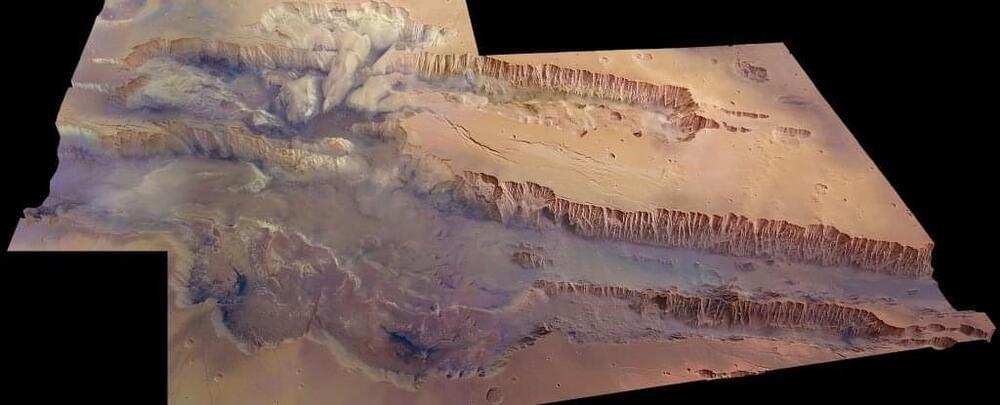Created from five shipping containers, Debbie Glassberg’s home, constructed with the help of BNIM, is a dreamy, two-story residence that looks nothing like the containers it began life as. With two bedrooms, three bathrooms, a garden, and a patio, the home is obviously on the bigger side, but it’s such a luxurious and beautiful space that it truly deserves a tour.
Glassberg, an industrial designer who works for Mattel, wanted to create a sustainable, energy-efficient, affordable, and gorgeous home, so using shipping containers was the right idea. The planet-friendly home uses features like geothermal heating and plant foam insulation to lessen its carbon footprint. The home is drenched in color, and each room has its own feel, creating a stylish, chic setting for everyday life. From the moment you enter the home, it’s evident that someone who knows about style lives here.
